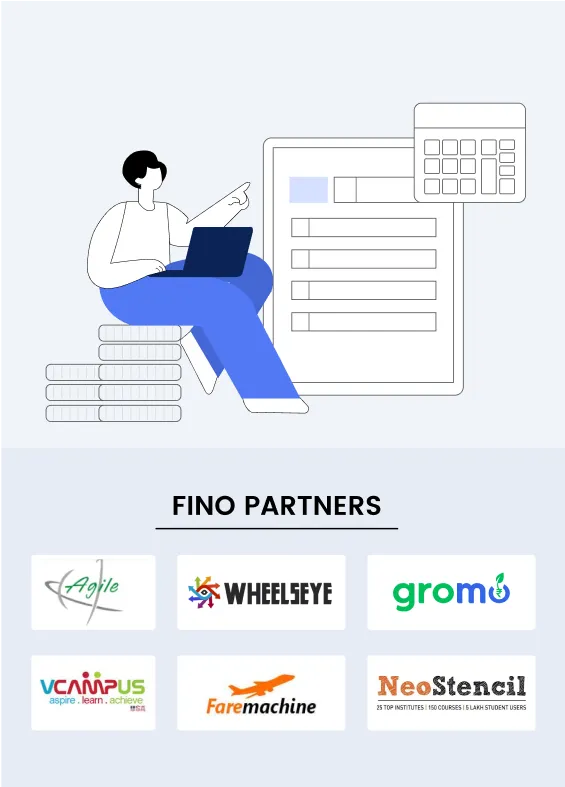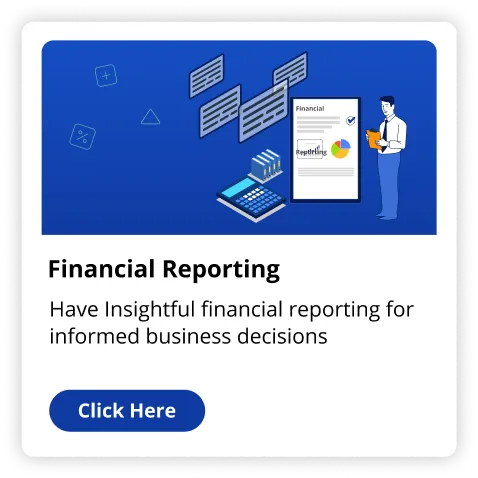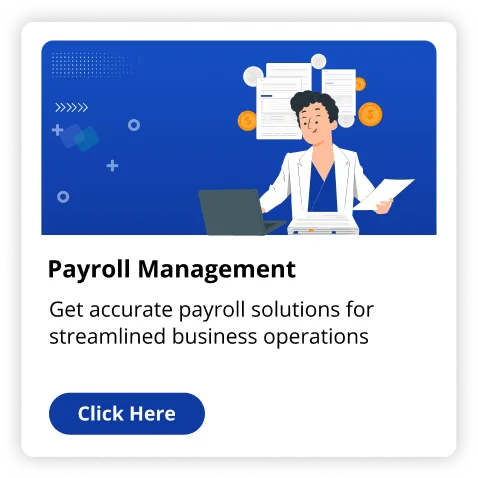The 2025 AI startup ecosystem is more competitive than ever, with worldwide VC investment in AI hitting $59.6 billion in Q1 alone and representing over 53% of all VC funding. And yet, despite the tidal wave of capital entering the market, investors are more selective, preferring startups that can show not just innovation, but also sustainable growth, defensible technology, and real-world impact. In an era where the number of deals has fallen by 17% even as investment has increased, being able to know and communicate the right metrics is essential for any AI founder looking to raise capital.
In this blog, we will discuss the key metrics that investors are most interested in and how you can use them to get ahead in the crowded AI fundraising landscape.
The Role of Metrics in AI Startups in 2025
In contrast to typical SaaS or tech startups, AI startups have an always-changing, research-based landscape where intellectual property, data assets, and algorithmic performance are as valuable as revenue and user growth. Buzzwords and hype no longer trouble investors, slicing deep into a startup's figures to gauge scalability, defensibility, and long-term worth. Under greater regulatory pressure, increasing operating costs, and an established AI market, founders are prepared to back up their business case with hard numbers and open metrics.
1. Gross Margin: The Central Pillar Facilitating Growth and Survival of Sustainable AI Businesses
Gross margin is what is left of your revenue after subtracting the direct cost of offering your AI product or service. In the AI space, this would comprise cloud compute, data storage, and model training or inference costs. High gross margins mean that your business can profitably grow, but low margins might reflect unsustainable infrastructure costs or excessive reliance on expensive third-party APIs.
What Investors Need to See and Be Aware Of
Here are some of the concerns regarding the margins:
- Healthy and rising margins are becoming an increasing concern for investors: Investors have an increasing sense of wariness when dealing with AI startups that have razor-thin profit margins or even negative ones. This is especially so as frugal AI models and the supporting infrastructure for these models become widespread and available in the year 2025.
- Clean path to profitability: Show how your margins will improve as you grow, whether through proprietary model optimization, better data pipelines, or infrastructure deals.
- Benchmarks: SaaS firms usually target gross margins of 70–80%, but AI firms might have lower ones initially, but must have a plan to achieve or surpass these benchmarks as the firms mature.
How to Report This Measure
- Disaggregate and categorize your cost of goods sold (COGS) by determining and defining the key factors involved, including computing hardware, data storage devices, and data acquisition processes.
- Illustrate past trends in margins and projected futures for margins.
- Please note any proprietary technology or process that is distinctive and contributes substantially to overall operating effectiveness.
2. Retention: Proving True Value to Customers
Retention is a key metric that puts your number of customers who use your AI product consistently in the long run to the test. If you have strong retention levels, it usually indicates that individuals are experiencing strong and sustained value out of your solution. High churn, however, could indicate that your solution is easily substitutable or perhaps that it is not even essential to the users. Good retention in AI startups, in addition to indicating happy customers, also conveys that your models have successfully become embedded into your customers' workflows daily. Such embedding makes it more expensive to switch to an alternative solution, hence providing you with more defensibility in the market.
What Investors are Interested in Seeing and Assessing
These points explain why the investors must show some signs of interest to retain themselves:
- Cohort retention analysis: Illustrate how the rates of customer retention increase and get better and better as your product keeps maturing over time and as customers become more deeply connected and more entrenched in the ecosystem of your products.
- Industry standards: SaaS and AI companies should target retention rates of more than 85% for companies and 70% for SMBs on an annual basis.
- Expansion revenue: Investors are fond of observing customers not just staying, but also growing spend over time (net dollar retention >100% is an extremely strong signal).
How to Effectively Display This Specific Metric
- Kindly provide retention and churn rates on a monthly or quarterly basis.
- Apply cohort analysis as a tool to show and emphasize the improvement and development in a given time interval or among specific customer groups.
- Emphasize customer feedback or success stories about large-scale integration and value.
3. Engagement: The Critical Pulse That Determines Product-Market Fit
Engagement is a metric that gauges how much activity and frequency with which users are engaging with your AI product. For AI startups, this metric can include a range of key metrics like daily active users (also referred to simply as DAU), API calls made, model inferences run, or workflow automations triggered. When you see high levels of engagement, it is a strong indicator of product-market fit and user stickiness—these are key indicators that indicate that your solution is solving a real problem and has characteristics that make it hard for users to switch or leave.
What Investors Would Want to See and Verify
Here are some key points investors must verify for themselves:
- Usage depth and frequency: Do your users utilize your AI daily, weekly, or occasionally? Frequent, heavy use is a good indication of value.
- Engagement growth is important too: Show a steady upward slope of engagement over the period you have, especially at peaks when you launch new features or make forays into new vertical markets.
- Qualitative data is very valuable: You have to complement quantitative data with good customer feedback or narratives that clearly illustrate how exactly your AI is truly changing processes or producing a worthwhile return on investment.
How to Explain This Specific Metric Effectively
- Monitor and show DAU/MAU (daily/monthly active users), API call quantity, or other applicable usage statistics.
- Segment engagement by customer type, industry, or use case.
- Describe how the degree of engagement directly ties to the expansion and retention process.
AI-Specific Valuation Trends for 2025
In 2025m investors are reaching beyond traditional revenue multiples to a mix of financial discipline, proprietary tech, and durable growth. AI startups with high-quality models, high customer retention, and scalable top-line streams are getting premium valuations-usually 8x to 20x revenue for growth-stage businesses, and higher again for those with strong IP and data moats.
Major Developments and Trends:
- Affordable AI models are drawing investors' interest when the capability to deliver operational effectiveness is emerging as an essential differentiator in the competitive market scenario of the present.
- Domain-specific AI solutions that are designed for specific industries are more preferable than general-purpose models. They are adopted more rapidly and provide more transparent monetization paths.
- Regulatory compliance has become significantly more crucial in recent times, especially for startups that must now clearly demonstrate their commitment to data privacy and maintain a high level of algorithmic transparency in their operations.
Also read | U.S. CPA Firms: Your Guide to Hiring a Pro Bookkeeper
Conclusion
In 2025, when it comes to fundraising as an AI startup company, it is important to realize that having a good vision is not enough. Investors are now seeking strong indicators of success, such as solid gross margins, stunning customer retention rates, and high engagement rates. These are important because they are evidence that your business model is not only scalable and defendable but also able to produce real value to customers.
By focusing your efforts on these three critical areas and making sure your data is clean and easy to understand, you will have a much better chance of getting the right strategic partners. This will, in turn, allow you to power the next phase of your growth journey successfully. Contact our experts for more information today!



























